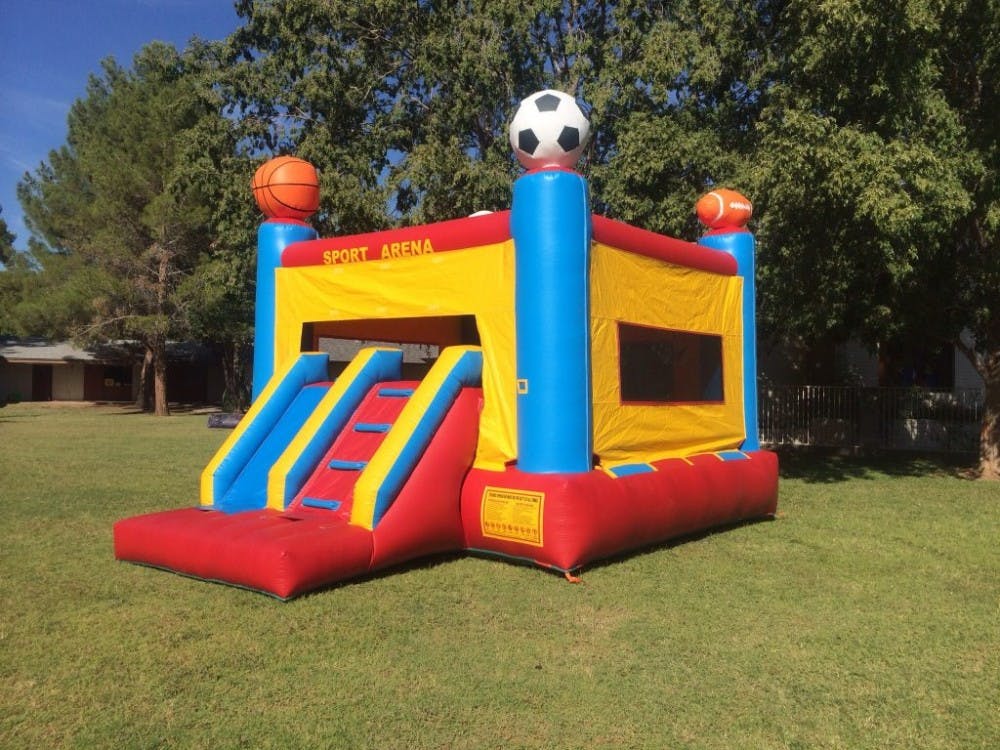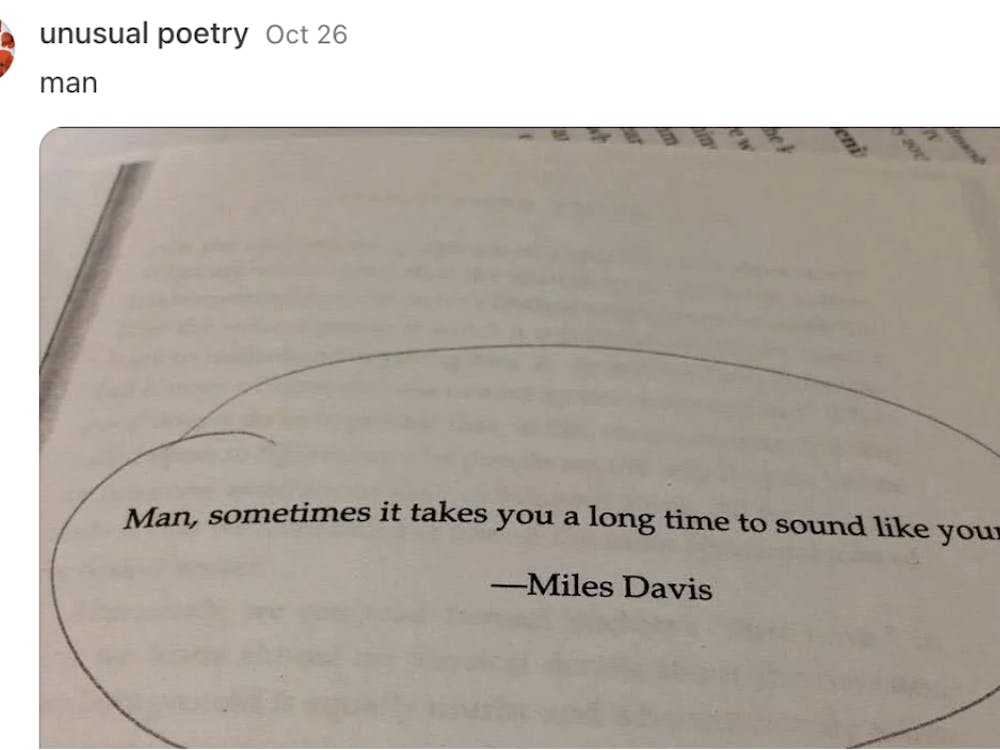Three of my classmates walked into class 15 minutes late this Monday. The cause of their atypical delay was a “too fun to resist” bouncy castle that was on the beach. While 15 minutes of instructional time was lost, one could potentially argue that the memory of missing class to jump on a bouncy castle will probably stick around longer than the content covered in the same time. This is in no way condoning skipping class, but surely many can agree that there’s something special in these small moments.
The bouncy castle was part of RAB Week, a week-long series of events planned by the student directors of the Residential Advisory Board (RAB). It’s interesting to note that RAB migrated to a different programming model about two years back, focusing on “blender” activities to complement traditional programming.
The concept of a blender is to provide opportunities for interactions through small, quick events that disrupts one’s routine. Some events in the past have included having a Bobo doll outside Brody. Tired of studying about Bobo dolls in Intro Psych? Punch one instead!
Traditional student programs face the uphill struggle of attracting attendees. The typical Hopkins student often does not have time (or, specifically, does not think they have time) to participate in student life programming. On any given day, a quick search on the Hub Events page will reveal an extensive list of talks, events and even performances that are happening on or around campus.
Many of us, in our business as students, neglect to take advantage of these opportunities. One must wonder how many people even use the Hub Events page at all. While data has not been collected on this, it may be of interest to find out what the typical attendance rates at campus events are.
It is within this context that blender activities are likely to be more effective on this campus. Unlike traditional programs where students must go to a location, blenders are often held in high-traffic areas and engage with passers-by. While we might not think that we have time to go make a Halloween mask in the Charles Commons Ballroom on a Thursday evening, we might be more willing to spend a minute to write an appreciation card to our Dining Staff if there’s an opportunity to do so on the quad while walking to our next class.
While there have been many advocates for a student center (and a physical building certainly has its benefits), the present absence of a central hub for student activity should encourage all of us to reimagine how we should execute campus programming in a way that is effective and maximizes our resources.
The first step should be to focus more on taking events to people rather than trying to promote events so that people come to them.
Think of how popular a “freshly baked cookies and compliments” event would be at 10 p.m. in the library. This would be a perfect example of a disruptive blender that gives people the opportunity to pause and connect with others.
I have written in the past about how we need to stop having meetings that serve no purpose, and the next step forward should be to think creatively about how we can best use our time. A second step should also be to reduce the number of events on campus and focus on collaborations instead.
More is not merrier when events are poorly attended. Efficiency and effectiveness remain important and so is maximizing the possibility for students to engage in the diversity of activities that they currently do without being overwhelmed or burnt out. This is an easy but potentially unpopular fix, yet it needs to be done.
Tommy Koh is a senior in the departments of political science and psychology. He is from Singapore.





